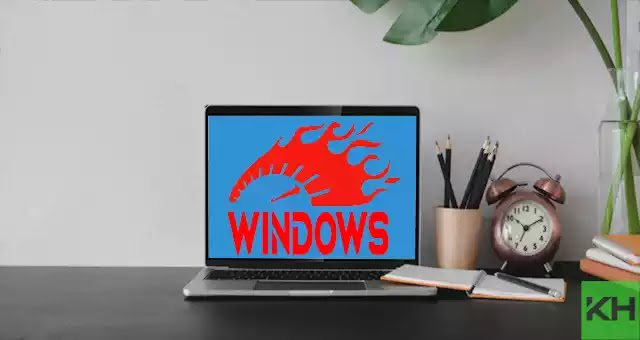There are a lot of damages that redundant and
unnecessary files can cause on your computer, including uselessly filling up
your hard disk, reducing your computer's performance, slowing it down
dramatically, and other damages. Recycle bin still in the Recycle Bin or
temporary Windows files that are useless, as well as program remnants, which
are files that are not removed after uninstalling a program from your device,
and more other types of files that occupy the device’s space without any
benefit.
There are many ways to remove redundant files and
improve the performance of the Windows system with ease, as the system contains
many useful tools such as the Disk Cleanup tool, and you can delete the
redundant files by some manual steps or you can use one of the computer cleanings
programs as well, and in this the topic we explain to you each of these methods
in detail and how to use them step by step on your device.
Empty the trash to free up space
All computers contain the Recycle Bin, which is a
simple tool that allows you to retrieve deleted files again in case you need
them, but in the Windows operating system, those files will not be deleted
after a certain period of time has passed on them, unlike some other devices
that delete files from the Trash automatically after a month has passed since
those files.
So first make sure that you delete all the files you
don't need from your device also remember to check the list of downloads which
often contains unnecessary files and then go to the recycle bin and check it if
you find that you don't need any of the files in the trash Empty it completely.
Fortunately, you can empty the Recycle Bin easily on
Windows as all you need is to open the Recycle Bin from the desktop or you can
search for “Recycle Bin” in the search box on the taskbar and then open the
Trash, after which you can start scanning files and then right-click on any
file and here you can choose to Restore the file or Delete to delete the file,
or alternatively, right-click on the Recycle Bin and then choose “Empty Recycle
Bin” to delete all the files in it.
Delete temporary files from the system
The Windows operating system constantly creates
temporary files that carry information about programs and files running in the
system, and once the task you perform is completed, these files are supposed to
be deleted automatically, however, the accumulation of those files may lead to
slow computer performance as well as It takes up useless extra space, you can
find and delete temporary files in your device manually in Temp folder which
you can access via below steps.
In the beginning, open the Run window by clicking the Windows button and the letter R on the keyboard, then type the command %temp% inside the Run window and click Ok so that the temporary files folder will be opened automatically in the Windows system.
Now inside the temporary files folder, select all the
files that appear to you in this folder by clicking on the option Ctrl + A on
the keyboard and then clicking on the Delete button in order to delete those
temporary files, and in case you see an alert message for the files used at the
time Click the Skip button to ignore it during the deletion process.
Use Disk Cleanup
The Windows operating system has a device cleaning
tool known as Disk Cleanup and with this tool you can delete unnecessary
redundant files including downloads, temporary system files, temporary web
files, recycle bin, and many other types of files that are not very important
in the system and do not need them User Here are the steps to use Disk Cleanup
to delete unnecessary files and free up space on your device.
Type Disk Cleanup in the search box on the Windows
taskbar, then click on the Disk Cleanup tool from the results that appear, then
choose the disk you want to clean, then click OK, and then the tool will show
the types of files that can be deleted Here you can choose which type of file
you want to delete, but avoid choosing "Windows ESD installation"
files in case they appear to you.
Now click on View Files if you want to know exactly
which files will be deleted, then click on OK in order to delete the extra
files and you will now see a confirmation message to start the deletion
process, click on the Delete Files option in this message to confirm
Permanently delete those files.
Use Windows cleaning software
In addition to the previous methods, you can use
Windows cleaning programs, which are one of the best effective ways to delete
unnecessary files from the computer and improve its performance, and one of the
best and most famous of these programs is the very famous and distinctive
CCleaner program, which is easy to use and deletes various types of files
Redundant files such as temporary files and browser cache, remove unwanted
cookies while keeping useful files, and a free version is available that you
can use to clean your device. Or you can try Microsoft's new PC Manager tool to
clean up and improve your computer's performance.


.webp)

.webp)
.webp)
.webp)